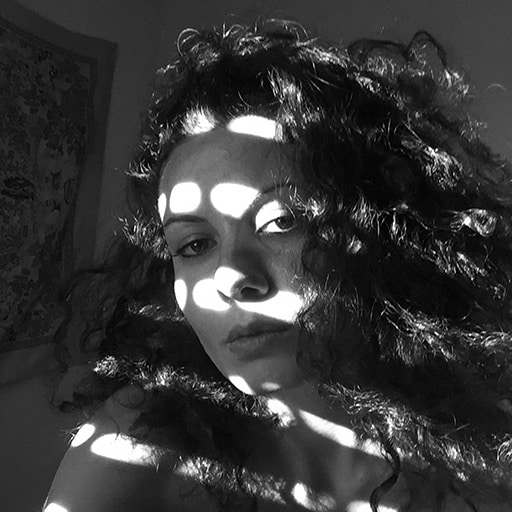Opening April 14 at the Bronx Documentary Center in New York, Look At The USA gathers photographs from 17 years of photographer Peter van Agtmael’s work to draw a complex picture of post 9/11 America. The exhibition addresses themes ranging from the...




